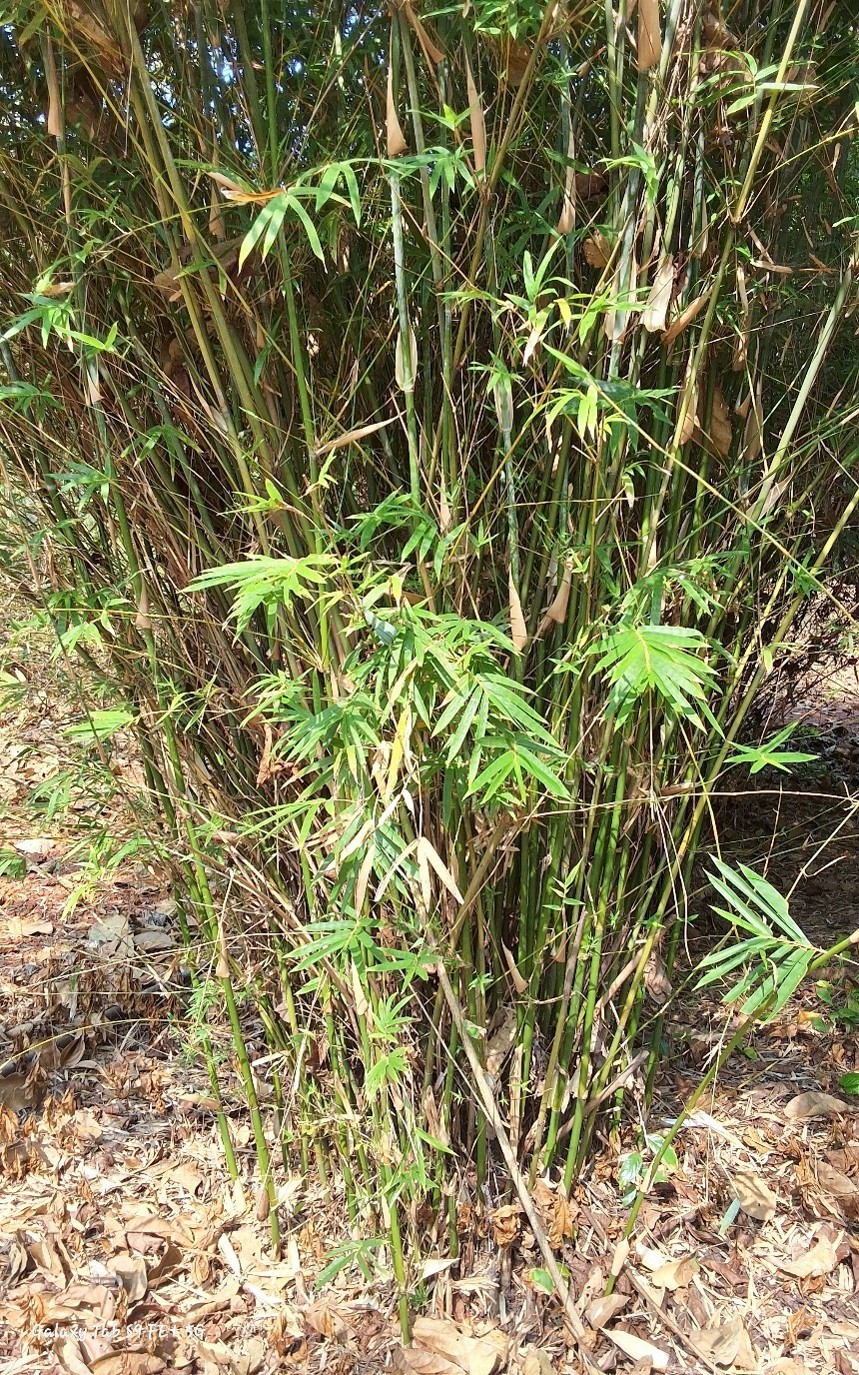Bambusa multiplex

Bambusa multiplex
Bambusa multiplex(Green) commonly known as Hedge Bamboo, Dwarf Bamboo, Baijupi (Hindi), and Muli Bans (Bengali), is native to Southeast Asia, including China, India, and Myanmar. It has been widely introduced around the world for ornamental purposes. This species is typically found in tropical and subtropical regions, often used in ornamental gardening and landscaping, and thrives at elevations up to 1500 meters. It prefers well-drained, loamy soils but is tolerant of a range of soil types, including sandy soils.
The culms of Bambusa multiplex are clumping, dense, and compact, reaching a height of 2 to 4 meters with a diameter of 1.5 to 3.5 cm. The culms are light green to yellowish-green, with internode lengths of 20 to 40 cm. The culm sheaths are green when young and turn pale yellow with age, becoming deciduous. The adaxial surface of the sheaths is smooth, while the abaxial surface is covered with fine hairs. The margins are ciliate with finely serrated edges.
The leaves are narrow lanceolate, measuring 6 to 12 cm in length and 1 to 2 cm in width, with pointed tips.
The inflorescence is made up of small, compact, branched panicles, with spikelets around 1 to 2 cm in length. The empty glumes are ovate, acute, and many-nerved, while the flowering glumes are narrow with ciliate edges and slightly hairy margins. The stamens are exserted with glabrous anthers, and the style is hairy. Flowering occurs irregularly, often gregariously, every 30 to 50 years. However, flowering has been rarely reported, typically occurring in ornamental plantations. Seed production is limited, with few seeds that often have low or non-viable germination rates.
Bambusa multiplex is propagated through offsets and clump division, culm cuttings, and tissue culture techniques.
This bamboo species is primarily used for ornamental purposes, such as creating hedges, screens, decorative pots, planters, small furniture items, and crafts. It also serves as fencing and boundary markers and is useful for soil erosion control in gardens and landscapes.
Listen Audio:
Need assistance? BRTC Faculty